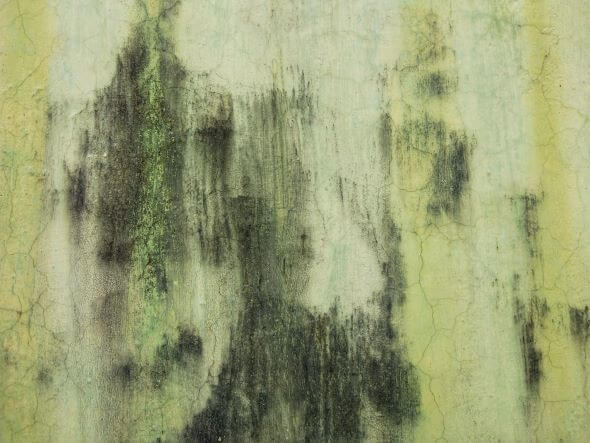How to eliminate mould
While you can clean small to medium areas affected by mould (1-3 square metres) on your own, you will need an expert assessment and cleanup for anything bigger than 3 square metres. If you are a tenant and you see mould, inform your landlord.
Vulnerable individuals such as pregnant women, infants, children, seniors, people with asthma, allergies and other health issues, and pets should not be in or around the cleanup area.
You will need the following protective gear:
- safety glasses or goggles
- a disposable N95 mask
- household disposable gloves
You can wipe away mould spots from small areas by using a clean cloth and an all-purpose cleaner. Remember to quickly dry the surface after cleaning. Bleach is not necessary to clean up mould. Don’t forget to dispose of any water-damaged items, like drywall.
If, after cleaning, the mould returns, it is most likely the source of the moisture is still present. In this case you’ll need to seek professional assistance.
Home insurance considerations
Pretty much all home insurance policies exclude coverage for mould damage.
However, an insured event that caused mould would likely be covered. For example, if the water from a burst hot water tank caused mould to form on drywall, the mould cleanup would typically be covered as long as the policy covers the loss.
On the other hand, mould that forms due to negligence (for example, from high humidity, lack of ventilation, or allowing the accumulation of standing water) would not be covered because that is something the homeowner can and should prevent.
Commonly asked questions
Can I test the air in my home for mould?
Health Canada does not recommend testing the air for mould. Air tests do not provide health information and do not reveal the cause of mould damage. While a test will detect mould spores in the air, they are a natural part of the environment, and their presence does not necessarily mean there is a problem.
Can I just paint over mould on a wall?
Painting over the mould will not remove the mould. The mould will continue to grow under the paint, causing the paint to peel. You have to remove the source of the mould.
Can I use an air purifier or air filter to remove mould?
While an air purifier cleans the air, it will not eliminate mould. You will still have to remove the source of mould growth. An air filter removes a percentage of the mould spores, but the remaining spores will settle on the floor and recirculate throughout your home.
Want to learn more? Visit our Home and Personal Safety resource centre to find more information about protecting your family and your home. Or, get an online quote in under 5 minutes and find out how affordable personalized home insurance can be.


